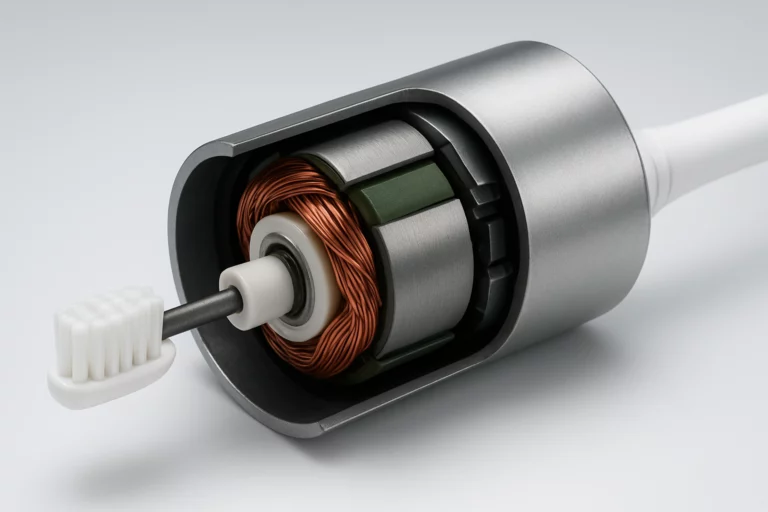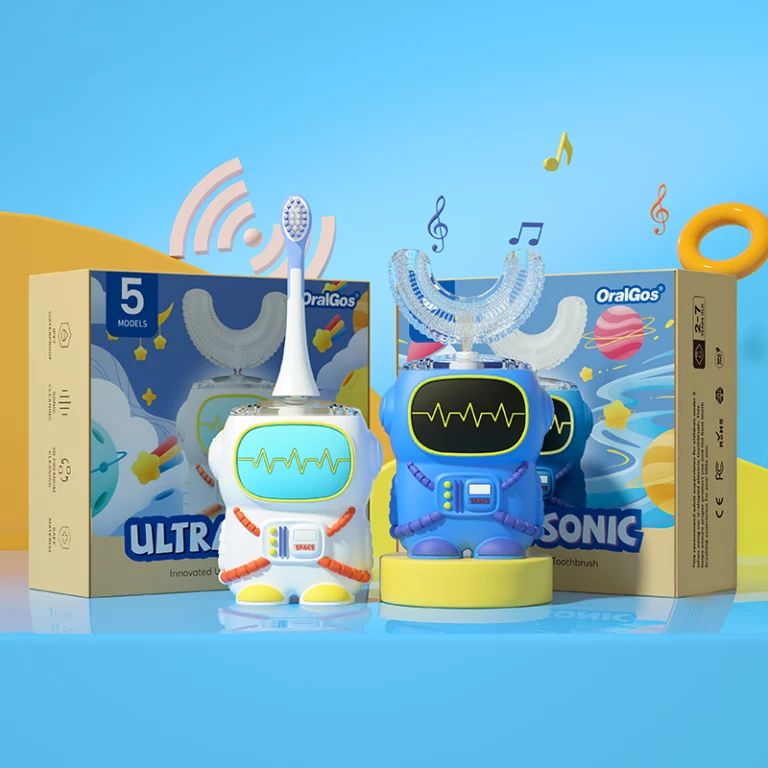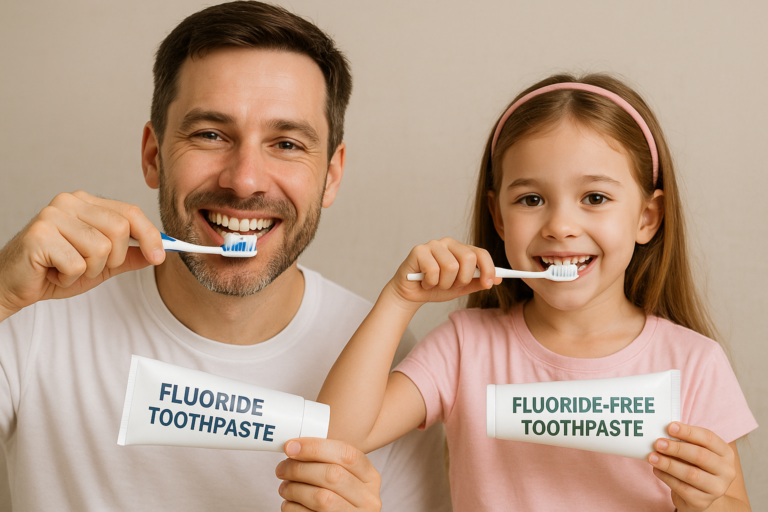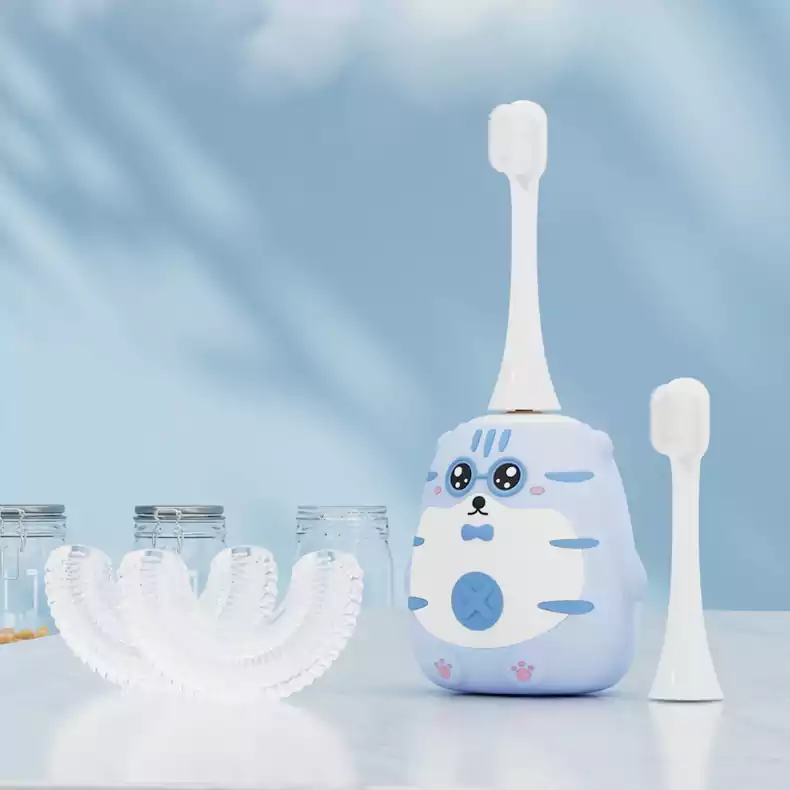
We should replace our toothbrush every three months. If you notice that the bristles have become frayed or irregular, it’s time for a new toothbrush. Additionally, a good toothbrush should meet several important criteria.
While harder bristles may provide more effective cleaning, they can also cause greater wear and damage to your teeth. When selecting a toothbrush, you can press the bristles with your fingers; if you feel a prickling sensation, the bristles are too hard and not recommended for use. On the other hand, if the bristles are too soft, it can be difficult to apply the right amount of pressure. Brushing too lightly may lead to ineffective cleaning, while brushing too hard can harm your gums. Therefore, it’s generally advisable to choose a toothbrush with medium-firm bristles. After cutting, bristle ends can have sharp edges, so it’s best to select bristles that have been polished for a smoother finish.
There are several different types of bristle arrangements to consider when choosing a toothbrush:
Flat Bristles: This is the most common type of toothbrush head, where the bristles are arranged in a flat and uniform manner. It is generally sufficient for everyday cleaning.
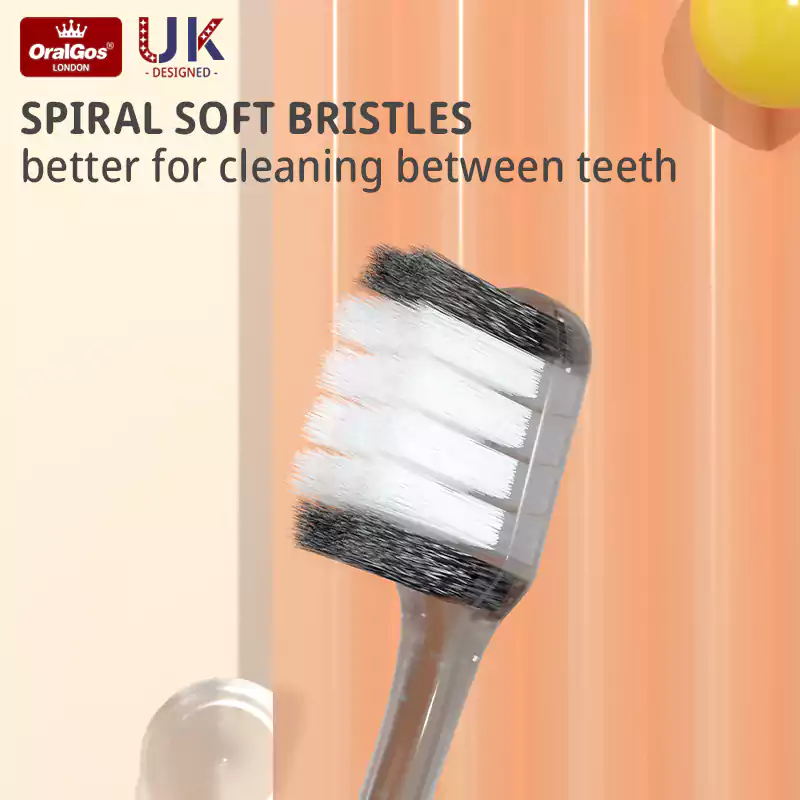
Wavy Bristles: The bristles are arranged in a wave-like pattern, allowing them to better fit the contours of the teeth. This design makes it easier to reach the spaces between teeth and offers slightly stronger cleaning power.
Extended Tip Bristles: These are typically found in orthodontic toothbrushes. The longer bristles at the tip are designed to reach areas that a regular toothbrush might miss, such as between braces and around dental appliances.
Cross Bristles: This type of toothbrush has bristles made from different materials arranged in a cross pattern, which enhances the cleaning effect, especially for hard-to-reach areas.
Cup-Shaped Bristles: The bristles are arranged in a circular cup shape, which allows them to wrap around the teeth more effectively, helping to remove surface stains and debris.
When considering the toothbrush handle, it should be comfortable to hold and ideally have a non-slip design to prevent the toothbrush from slipping during use. The most common types of handles on the market are straight and angled. A straight handle can make it more challenging to control the amount of pressure applied during brushing, whereas an angled handle makes it easier to reach plaque-prone areas. It’s also worth noting that the ideal angle between the toothbrush handle and the head is around 17 to 20 degrees.
Some people worry that electric toothbrushes may harm their teeth, but this is a common misconception. Currently, the two main types of electric toothbrushes are rotary and sonic vibrating. While these toothbrushes differ in how they operate, both tend to exert less force on teeth compared to manual brushing, making them gentler on tooth enamel and gums.
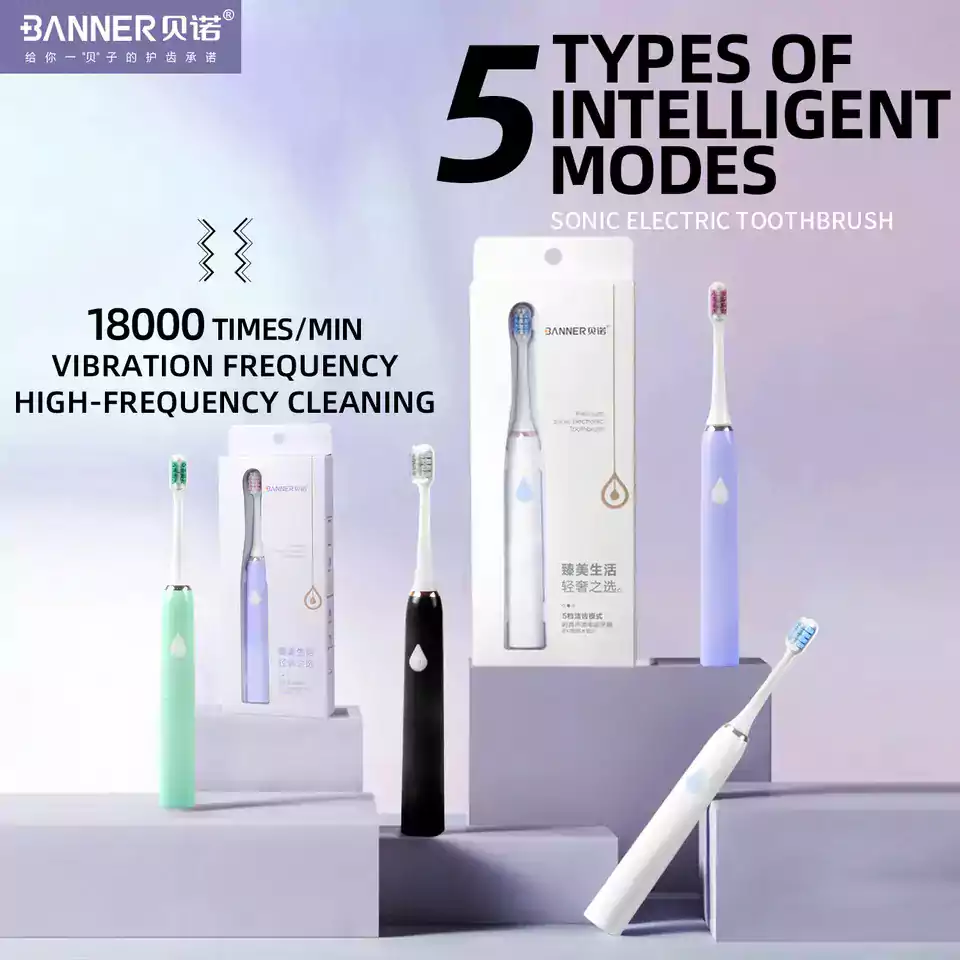
Tips:Does Rinsing Your Toothbrush with Water Make Brshing Useless?
There’s a common belief that wetting your toothbrush with water before brushing renders the process ineffective. The reasoning is that adding water to toothpaste causes it to foam more quickly, which can give the false impression that your teeth are clean when, in fact, they haven’t been thoroughly scrubbed. However, toothpaste doesn’t clean your teeth through foaming alone; it works through the cleaning agents in the paste combined with the friction from brushing. Even if you don’t wet your toothbrush, your mouth will naturally produce saliva during brushing, so whether you wet the brush beforehand doesn’t have a significant impact on the cleaning process. The key is to ensure that you brush for at least three minutes each time.
That said, there are certain types of toothpaste, such as Tooth powder, that contain active ingredients which can degrade quickly when exposed to water. If you are using these specialized types of toothpaste, it may be better to avoid wetting the brush.
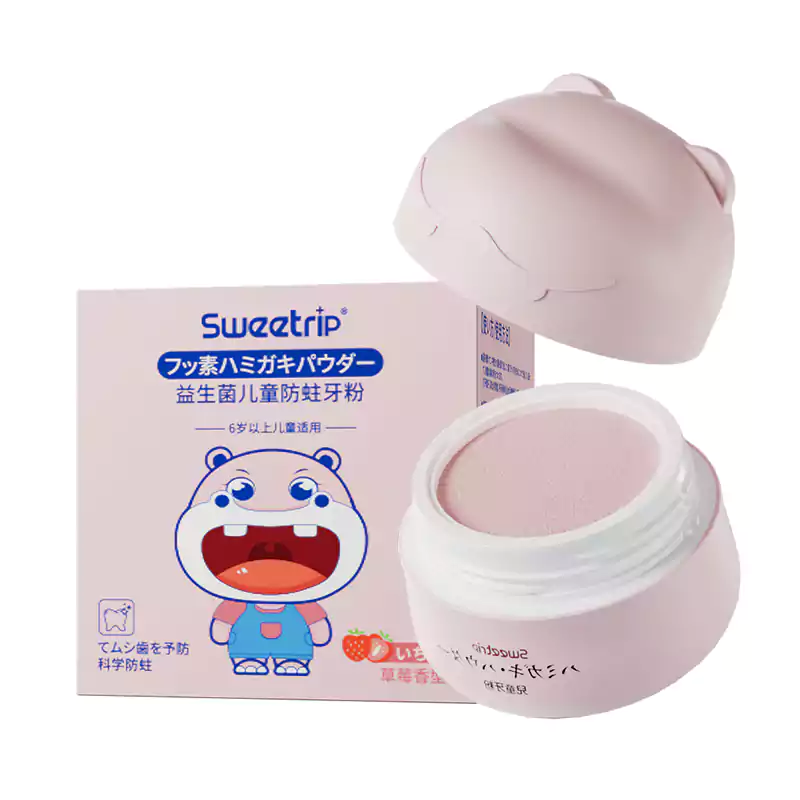
Choosing the Right Toothbrush for Optimal Oral Health
To achieve optimal oral health, choosing the right toothbrush plays a critical role. As mentioned earlier, a toothbrush with medium-firm bristles that have been polished is usually the best choice for the average person. This helps strike a balance between effective cleaning and gum protection. Additionally, the type of bristle arrangement and the handle design are equally important considerations. Depending on your specific needs, such as reaching difficult areas between teeth or cleaning around braces, different bristle types like wavy, extended tip, or cup-shaped designs may offer better results.
For those who prefer electric toothbrushes, understanding the difference between rotary and sonic vibration models is essential. Both types are designed to minimize damage to the teeth, but the key is to choose a model with manageable vibration and noise levels, as well as reliable battery life.
Finally, while some habits, like wetting your toothbrush, may not drastically affect oral health, using the proper brushing technique and brushing for the right amount of time are critical. Remember to brush thoroughly for at least three minutes, twice a day, and consider your specific oral care needs when selecting both manual and electric toothbrushes. This ensures you maintain both dental cleanliness and gum health effectively.



